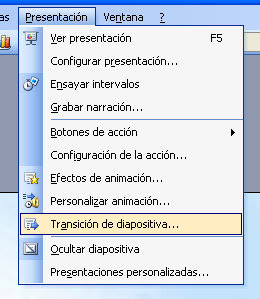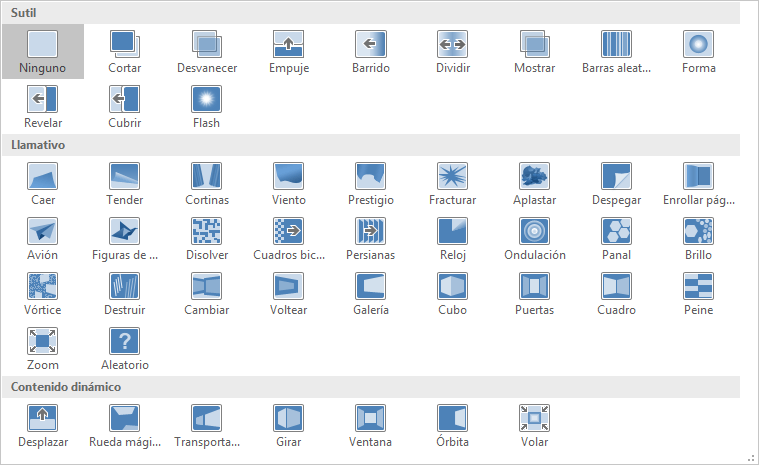
Greatest transit is the instant when Venus passes closest to the Sun's center (i.e.ĭuring the 2012 transit, Venus's minimum separation from the Sun is 554 arc-seconds (During the 2004 transit, the minimum separation was 627 arc-seconds). Table 1 gives the geocentric times of major events during the transit. Geocentric Phases of the 2012 Transit of Venus Position angles for Venus at each contact are measured counterclockwise from the north point on the Sun's disk. Over the course of several hours, the silhouetted planet slowly traverses the solar disk.Īt contact III, the planet reaches the opposite limb and once again is internally tangent to the Sun.įinally, the transit ends at contact IV when the planet's limb is externally tangent to the Sun.Ĭontacts I and II define the phase called ingress while contacts III and IV are known as egress. The entire disk of the planet is first seen at contact II when the planet is internally tangent to the Sun. Shortly after contact I, the planet can be seen as a small notch along the solar limb. The transit begins with contact I, the instant the planet's disk is externally tangent to the Sun. The principal events occurring during a transit are conveniently characterized by contacts, analogous to the contacts of an annular solar eclipse. They will see both the start and end of the transit but the Sun will set for a short period around greatest transit.Ī similarly shaped region exists south of Australia (Region Y in Figure 1), but here, the Sun rises after the transit begins and sets before the event ends. Residents of Iceland are in a unique wedge-shaped part of the path (Region X in Figure 1). Northern Canada and all of Alaska will also see the entire event.
#Intervalo de tiempo en power point pdf
(Click on above figure for larger PDF file)įor Northern Hemisphere locations above latitude ~67° north, all of the transit is visible regardless of the longitude.

Will see the end of the event since the transit will already be in progress at sunrise from those locations. Similarly, observers in Europe, western and central Asia, eastern Africa and western Australia Most of North and Central America, and northern South America will witness the beginning of the transit (on June 5) but the Sun will set before the event ends.

The entire event will be widely visible from the western Pacific, eastern Asia and eastern Australia as shown in Figure 1. Will occur on Wednesday, June 6 (Tuesday, June 5 from the Western Hemisphere). The last Venus transit was in 2004 so the second event of the pair

In contrast, transits of Venus occur in pairs with more than a century separating each pair. On average, there are 13 transits of Mercury each century. The transit or passage of a planet across the face of the Sun is a relatively rare occurrence.Īs seen from Earth, only transits of Mercury and Venus are possible. To Be Published in Observer's Handbook 2012, Royal Astronomical Society of Canada


 0 kommentar(er)
0 kommentar(er)
